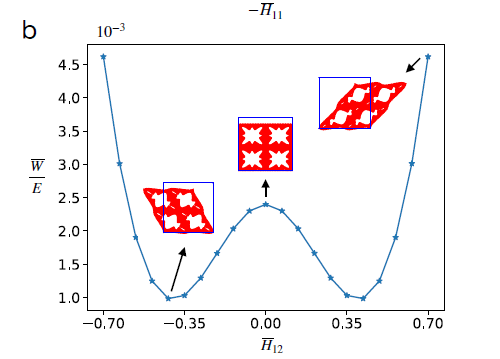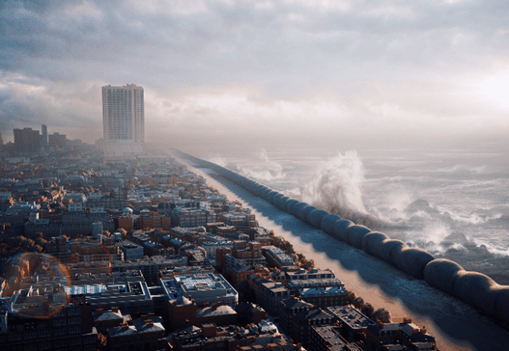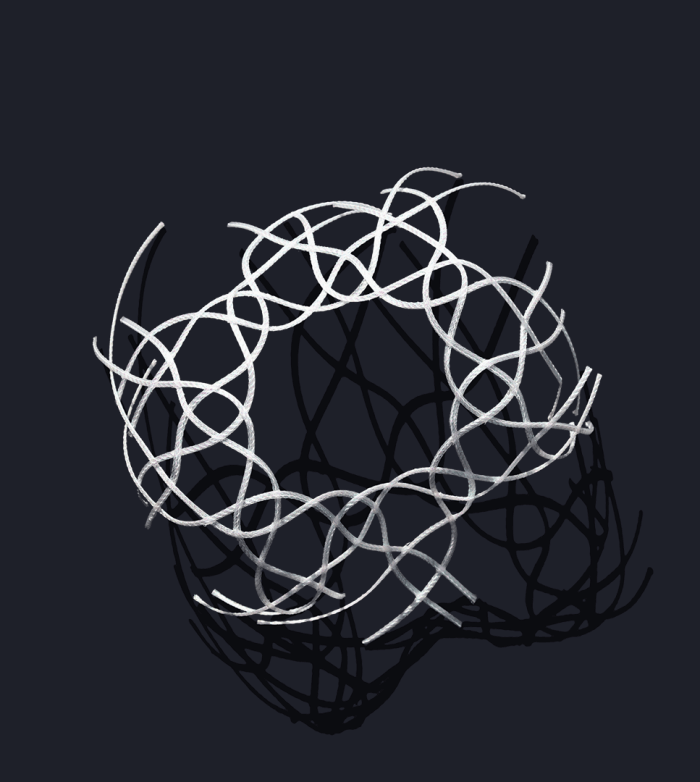For example, we have developed a data-driven multiscale computational scheme to capture and analyze the nonlinear structural behavior of lattice systems whose mechanical properties are primarily determined by their geometry. We use a neural network to approximate the effective strain energy density as a function of lattice geometry and overall deformation.
Another example includes an adjoint-based method for solving optimization problems involving pressurized membrane structures subject to external pressure loads. Shape optimization of pressurized membranes is complicated by the fact that, lacking bending stiffness, their three-dimensional shape must be sustained by the internal pressure of the inflation medium. We propose to treat the membrane structure as an immersed manifold and employs a total Lagrangian kinematic description with an analytical pressure-volume relationship for the inflating medium.
This framework has the potential to be extended to enable the design, analysis, and control of a wide range of light and smart surface structures but also soft robotics and metamaterials.



